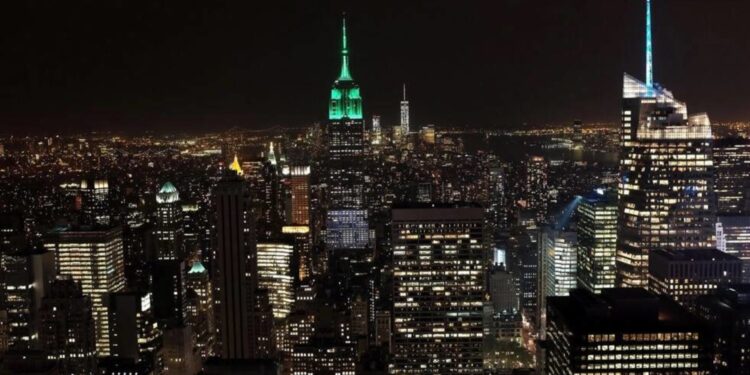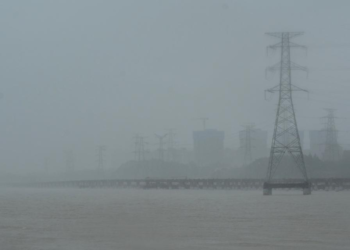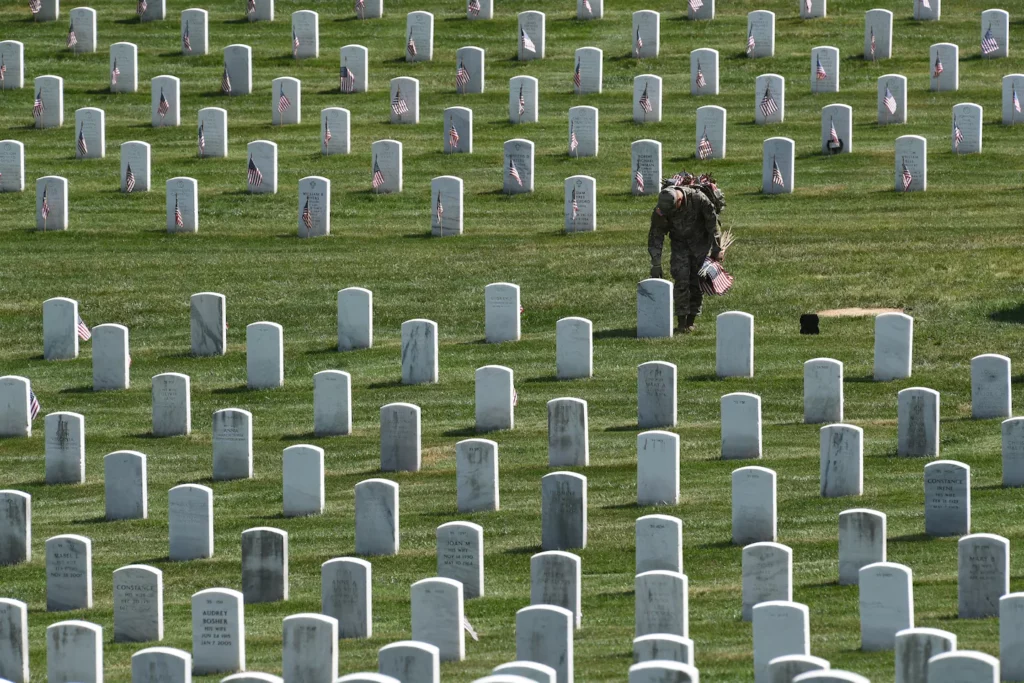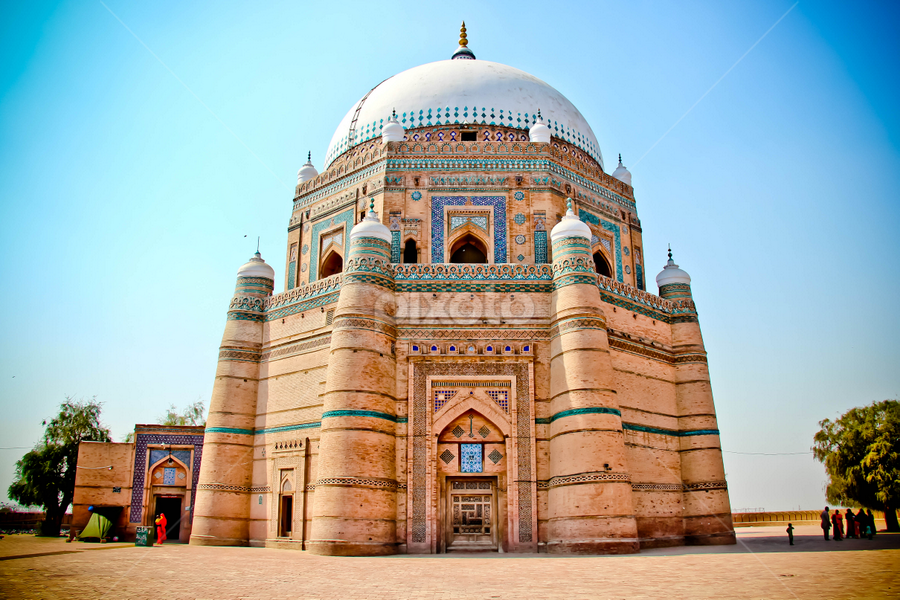New York’s annual Climate Week is underway, bringing together activists, politicians and business leaders for hundreds of events aimed at addressing the planetary crisis.
But the bright lights that give the “city that never sleeps” its iconic glow have long been a source of frustration for campaigners, something at odds with the spirit of conservation embodied by the yearly summit, which takes place on the sidelines of the UN General Assembly.
“We have a long way to go until a brightly lit city is seen for what it is, which is just an egregious waste of energy — and something that’s having a direct impact on the natural world,” Ruskin Hartley, director of the International Dark-Sky Association (IDA), told AFP.
According to US Department of Energy figures, outdoor lighting in the United States consumes enough energy annually to power 35 million homes. At any given time, only one percent of artificial light reaches human eyes, the department says.
City-wide energy estimates are hard to come by, but it’s clear from satellite images that New York is among the worst offenders in the United States, which as a country is far more wasteful than Europe, according to studies.
As participants at Climate Week NYC — now in its 15th year — hold events on topics ranging from climate financing to lowering the carbon footprint of food systems, to the role of art in activism, reducing light pollution should be part of the discussion, said Hartley.
“People are looking for ways that we can make a meaningful difference in short order, given the magnitude of the crisis that is facing us. And one of the simplest things we can do is to look around and figure out where we can cut waste from the system,” he argued.
Globally, the IDA estimates that outdoor lighting that escapes to space is responsible for one percent of annual greenhouse emissions.




















